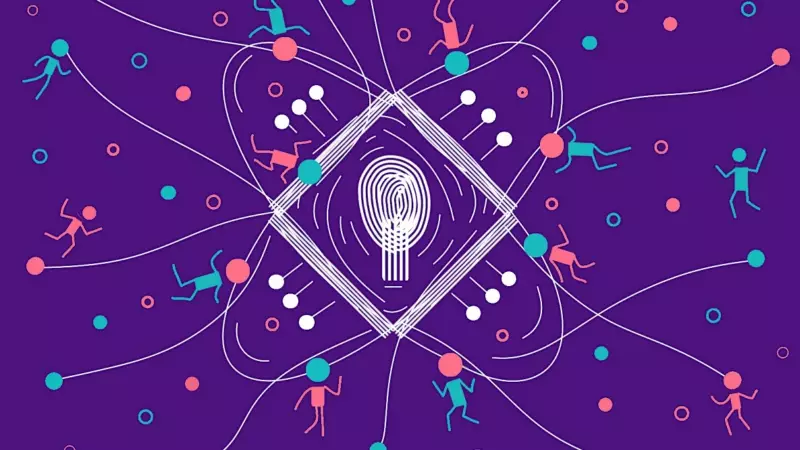
For decades, India's brightest scientific minds have flown westward, particularly to the United States, in search of better research opportunities, funding, and infrastructure. This exodus of talent, known as 'brain drain,' has been a persistent concern for the nation's development. Now, the Indian government is fighting back with an ambitious scheme designed to turn the tide.
The Vaishvik Bharatiya Vaigyanik (VAIBHAV) Scheme: A Grand Welcome
The government's flagship program aims to create a compelling value proposition for non-resident Indian (NRI) scientists and researchers. The cornerstone of this initiative is a generous fellowship, offering a significant stipend and a robust research grant to those willing to return and contribute to India's scientific landscape for a minimum of one to three months each year.
The logic is clear: tap into the vast expertise of the Indian diaspora, which has thrived within the world's top universities and research institutions. The goal is to foster collaboration, transfer knowledge, and ultimately strengthen India's domestic research and development capabilities.
The View from American Shores: Hope Tempered with Realism
Among Indian-origin scientists in the US, the announcement has been met with cautious optimism. Many express a deep-seated patriotic desire to give back to their homeland. The financial incentives are undoubtedly attractive, but conversations reveal that money alone may not be enough to trigger a mass return.
The primary hurdles, as identified by the diaspora, are systemic. Researchers point to:
- Bureaucratic Hurdles: Cumbersome administrative processes that can slow down research and procurement.
- Funding Gaps: While the fellowship is substantial, concerns remain about the consistency and scale of long-term funding for research projects within India.
- Academic Culture: A need for a greater culture of scientific autonomy, open inquiry, and competitive peer review.
Beyond a Fellowship: Building a Holistic Ecosystem
The consensus among experts is that reversing brain drain requires more than a fellowship; it demands an ecosystem overhaul. The VAIBHAV scheme is a powerful first step, but it must be part of a larger, sustained effort.
This includes investing in state-of-the-art laboratory facilities, streamlining grant management systems, and promoting international collaborations that are mutually beneficial. The success of the scheme will depend on its ability to integrate returning scientists into a vibrant and supportive research environment where they can truly thrive.
A Two-Way Street of Knowledge
Ultimately, the vision is to transform the 'brain drain' into a 'brain gain' or even a 'brain circulation.' Instead of a one-way flow of talent out of India, the aim is to create a dynamic exchange where global expertise fuels national progress. The Indian scientists abroad are not just a resource to be reclaimed; they are potential bridges connecting India to the global scientific frontier.
The VAIBHAV scheme represents a significant acknowledgment of this potential. Its success will be measured not just by the number of scientists it attracts, but by the lasting impact they have on elevating the quality and global standing of Indian science and technology.





